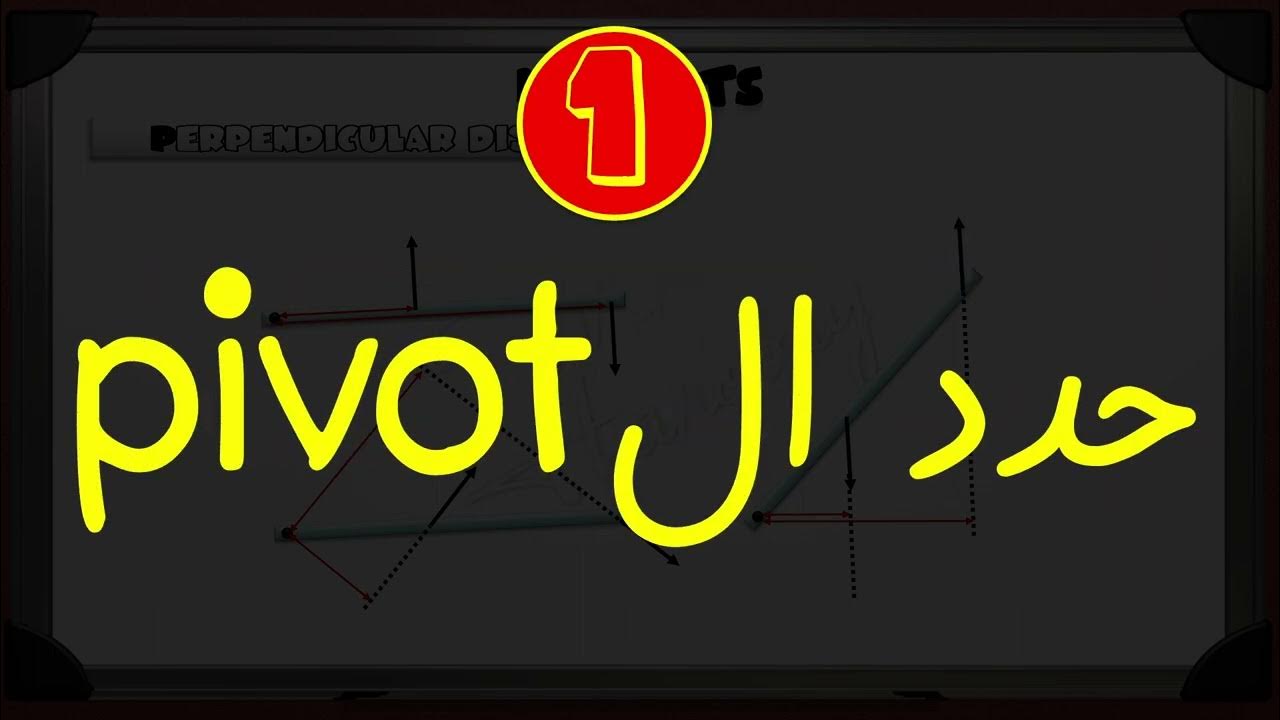Equilibrium of Rigid Bodies (2D - Coplanar Forces) | Mechanics Statics | (Solved examples)
Summary
TLDRThis video explains the equilibrium of rigid bodies, focusing on how forces and moments balance to keep objects at rest. It covers key concepts such as support reactions (roller, pin, and fixed supports), force and moment equilibrium equations, and the importance of free body diagrams (FBDs). Through examples, the video demonstrates the process of solving for unknown reactions and tensions using these principles. Whether dealing with simple or complex systems, the video emphasizes the crucial steps of breaking down forces, applying equilibrium equations, and using moments to solve real-world mechanical problems.
Takeaways
- 😀 Equilibrium of rigid bodies means that the sum of all forces and moments acting on the object must be zero.
- 😀 Support reactions are forces and moments created by supports to prevent an object from moving or rotating.
- 😀 A roller can only resist vertical movement and applies a vertical reaction force.
- 😀 A pin support can resist both vertical and horizontal movement but allows rotation.
- 😀 A fixed support prevents both translation and rotation, providing forces in both axes and a couple moment.
- 😀 In two-dimensional problems, forces and moments are analyzed in the x and y directions.
- 😀 To solve for unknown reactions, a free-body diagram (FBD) is drawn, identifying all forces and their components.
- 😀 Equilibrium problems generally require three equations: one for forces in the x-direction, one for the y-direction, and one for moments.
- 😀 The sum of forces in the x-direction and y-direction must both equal zero for the object to be in equilibrium.
- 😀 Moment equations are used to eliminate unknown forces and solve for the remaining unknowns in the system.
- 😀 Solving equilibrium problems involves breaking down forces into components and applying equilibrium equations to find unknown reactions.
Q & A
What does it mean for an object to be in equilibrium?
-An object is in equilibrium when the sum of all the forces and moments acting on it is equal to zero, meaning it is not moving or rotating.
What role does the rope play in the flower pot example?
-The rope creates tension that counteracts the weight of the flower pot, keeping it in place and preventing it from falling. This tension is the force that maintains the equilibrium of the system.
How are forces in equilibrium broken down for two-dimensional problems?
-For two-dimensional problems, the forces are broken down into their components along the x and y axes. The sum of the forces in each direction must equal zero to maintain equilibrium.
What are support reactions and why are they important?
-Support reactions are forces and moments at the points of support that prevent an object from moving or rotating. They are crucial for keeping an object in equilibrium.
How does a roller support react to forces?
-A roller can only exert a vertical force to prevent vertical movement. It does not resist horizontal motion or rotation, allowing only vertical translation to be restricted.
What is the difference between a pin and a roller support?
-A pin support prevents both horizontal and vertical translation but allows rotation. A roller support only prevents vertical translation and allows both horizontal movement and rotation.
What happens at a fixed support in terms of reactions?
-A fixed support prevents both horizontal and vertical translation and also resists rotation, leading to two reactions: one in the x direction, one in the y direction, and a moment to resist rotation.
What is the significance of a free body diagram in solving equilibrium problems?
-A free body diagram helps visualize the forces acting on an object, making it easier to apply equilibrium equations and solve for unknown forces and moments in the system.
How do you use equilibrium equations to solve for unknown reactions?
-You use three equilibrium equations: one for the sum of forces in the x direction, one for the sum of forces in the y direction, and one for the sum of moments. These equations are solved simultaneously to find the unknown reactions.
Why is it important to choose the correct point for calculating moments?
-Choosing the correct point for calculating moments is important because it can help eliminate unknown forces that pass through that point, simplifying the calculation process and reducing the number of unknowns in the system.
Outlines

This section is available to paid users only. Please upgrade to access this part.
Upgrade NowMindmap

This section is available to paid users only. Please upgrade to access this part.
Upgrade NowKeywords

This section is available to paid users only. Please upgrade to access this part.
Upgrade NowHighlights

This section is available to paid users only. Please upgrade to access this part.
Upgrade NowTranscripts

This section is available to paid users only. Please upgrade to access this part.
Upgrade NowBrowse More Related Video

FISIKA KELAS XI || Kesetimbangan || DINAMIKA ROTASI & KESETIMBANGAN BENDA TEGAR

Equilíbrio de corpo extenso rígido | estática

ST03: Rigid Body Equilibrium (1)

Equilibrium of Rigid Bodies 3D force Systems | Mechanics Statics | (solved examples)

S21A- STATIKA PORTAL 3 SENDI- REAKSI PERLETAKAN

U1 L3 Moments Harony minis
5.0 / 5 (0 votes)